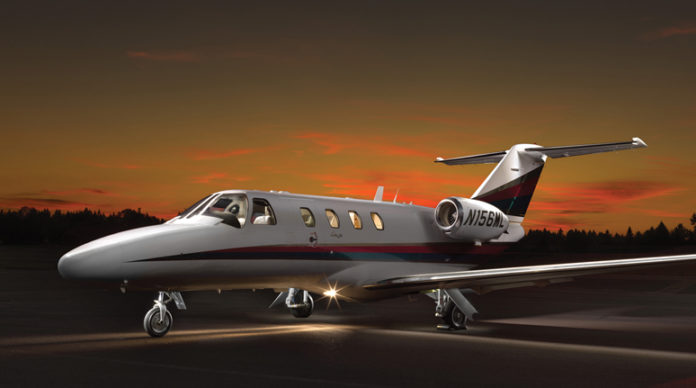by John R. Hartman
The concept of painting with light is not new. As photographers we do it every day as part of our image-making, whether we do that painting with electronic flash or ambient light. The vast majority of those pictures are made with very short exposure times, often just a fraction of a second long.
A few years ago I stumbled upon a unique method of image making called light painting that uses moving, continuous lights in a darkened setting. These exposures range from a few seconds to a few minutes and illuminate small areas of the subject or scene. The resulting captures are then blended and merged in Photoshop to create a photograph not possible by any other method of image creation. The number of images making up a single light painting can be just a few or a hundred or more, depending on the complexity of the subject matter.
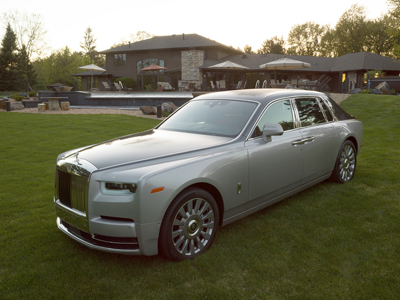 I fell in love with this process and embarked on a quest to light paint a variety of subjects that ranged from automobiles to musical instruments, food, aircraft, jewelry, commercial products, motorcycles, flowers, landscapes and architecture. As I began posting these personal projects to social media and exhibiting them in printed form in our community, others took notice and I began to get commissions for this type of work. It soon became evident that there was a strong market for light painted photographs. More importantly, it was a market with plenty of demand and a single provider – me. This runs completely contrary to the current economic forces in our industry, where in most markets the supply of photographers far outstrips the demand from customers, resulting in the downward pricing spiral.
I fell in love with this process and embarked on a quest to light paint a variety of subjects that ranged from automobiles to musical instruments, food, aircraft, jewelry, commercial products, motorcycles, flowers, landscapes and architecture. As I began posting these personal projects to social media and exhibiting them in printed form in our community, others took notice and I began to get commissions for this type of work. It soon became evident that there was a strong market for light painted photographs. More importantly, it was a market with plenty of demand and a single provider – me. This runs completely contrary to the current economic forces in our industry, where in most markets the supply of photographers far outstrips the demand from customers, resulting in the downward pricing spiral.
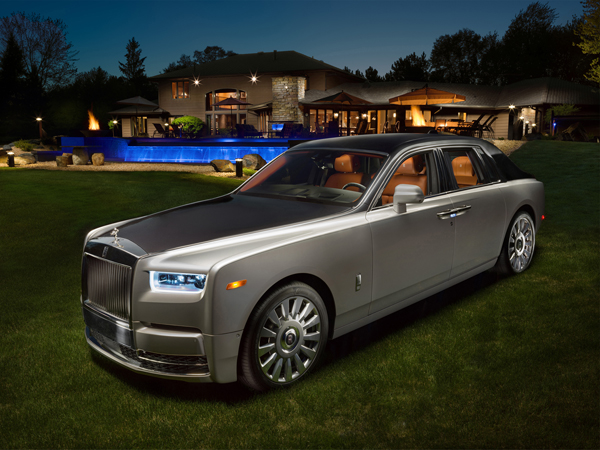
Many experienced photographers can look at a portrait and tell what kind of light was used, the general aperture range, even the approximate focal length of the lens. This makes it easy to emulate the styles and even the processes of others’ work. And even though there are many other factors that determine success or failure in the industry, the Internet has made it more difficult to maintain a unique style as a portraitist.
Light painting, however, cannot be reverse-engineered; it’s not possible to view a light painted image and say, “I know exactly how that was made.” The process requires a rather difficult and arduous process of pre-visualization, setup and lighting with a defined outcome in mind. Because ‘chimping’ is not possible, the light painter must determine the initial setup, the direction of light, the field of view – all before making the first exposure. The light painter’s toolset contains specialty items not used in mainstream photography. And the editing process is not at all intuitive. These requirements automatically preclude all but the most dedicated photographers who are willing to invest the time, resources and effort needed to produce a stunning light painted photograph. And due to its complexity, there will never be a Photoshop action or Lightroom preset that can replicate the light painted look.
But for the few willing to learn and perfect the light painting process, the market is wide open and the rewards are great. In my experience, the most plentiful and profitable light painting work has been, for lack of a better description, ‘man cave’ stuff. Men who are successful in life (and I say men because to date 100% of my light painting buyers have been male) often tend to accumulate toys of significant value. Most of the time they have no visual record of their treasures other than a phone snapshot – certainly nothing they would feel comfortable displaying in their home or office.

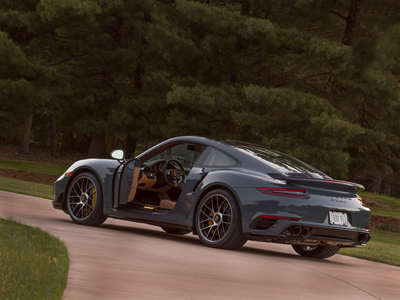 Light painted images can provide a beautiful, almost surreal representation of the subject. This style of photography is very well suited for the iconic items stored in men’s garages, hangars, music rooms and mini-museums.
Light painted images can provide a beautiful, almost surreal representation of the subject. This style of photography is very well suited for the iconic items stored in men’s garages, hangars, music rooms and mini-museums.
Some of the highest paid commissions I’ve received have been of machines; automobiles, motorcycles, aircraft and farm tractors. To date I have several clients who have invested over $40,000 each in light painted photographs of their auto collections, and a farmer who has $20,000 in light paintings of his machinery. Many other commissions have been in the mid-to-high four figure range.
Finding light painting clients is the easy part – they are already our clients! Each one of us has portrait clients we’ve worked with in the past who have toys. And while the men in those families may have not always been enthusiastic about the family or senior portraits we produce, I can guarantee that when you show them light painted images and start talking about their toys, they get excited. And they pull out their credit cards.
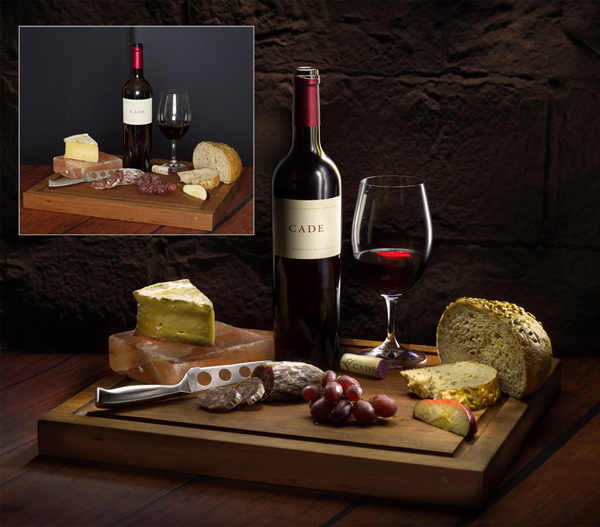 I’m often asked how long it takes to make a light painted photograph. During the learning stages, my light paintings took many hours to get right. But I wasn’t getting paid for those early projects, anyway. Rather, I was more interested in learning and perfecting a workflow that would increase my productivity. I perfected a method that decreases the actual time spent at the photo shoot and reduces the effort in both the editing as well as the sales process.
I’m often asked how long it takes to make a light painted photograph. During the learning stages, my light paintings took many hours to get right. But I wasn’t getting paid for those early projects, anyway. Rather, I was more interested in learning and perfecting a workflow that would increase my productivity. I perfected a method that decreases the actual time spent at the photo shoot and reduces the effort in both the editing as well as the sales process.
This endeavor has paid off. I can now create and edit a typical light painting project in about the same time as I spend on a high end senior (but with a much higher average sale). In just a few short years, light painting has become a six-figure product line in my studio. I have a virtually unlimited supply of clients and no competition.
More importantly, it has provided a sense of joy and wonder about photography that I haven’t experienced in a long time. I get excited about every assignment. The entire process from start to finish is incredibly fun… so much so that I admit I would do it for free (well, almost, anyway). But it’s nice to know that people are willing to pay handsomely for this work.
Painting with light is a unique art form that can provide those willing to learn and refine the process with a low-risk, profitable income stream that has great upside potential.
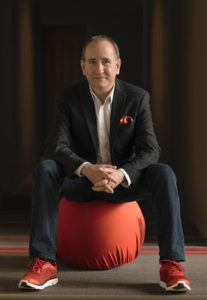 John Hartman has owned and operated his Stevens Point, WI school since 1974, specializing in high school senior and family portraiture. He has shared his ideas and techniques with photographers for over 35 years, presenting at hundreds of conventions, seminars and workshops throughout North America, including his successful and popular Marketing Boot Camps held in Chicago and Las Vegas.
John Hartman has owned and operated his Stevens Point, WI school since 1974, specializing in high school senior and family portraiture. He has shared his ideas and techniques with photographers for over 35 years, presenting at hundreds of conventions, seminars and workshops throughout North America, including his successful and popular Marketing Boot Camps held in Chicago and Las Vegas.
He has written several industry best selling books and is the developer and author of QuickMats, SeniorMarketing, and The KIT, software tools that for over twenty years have helped thousands of photographers build their business and become more creative.
At Texas School ‘19, John will be teaching a class on “Light Painting.” For more information on John, go to www.johnhartmanlightpainting.com or www.TexasSchool.org.



